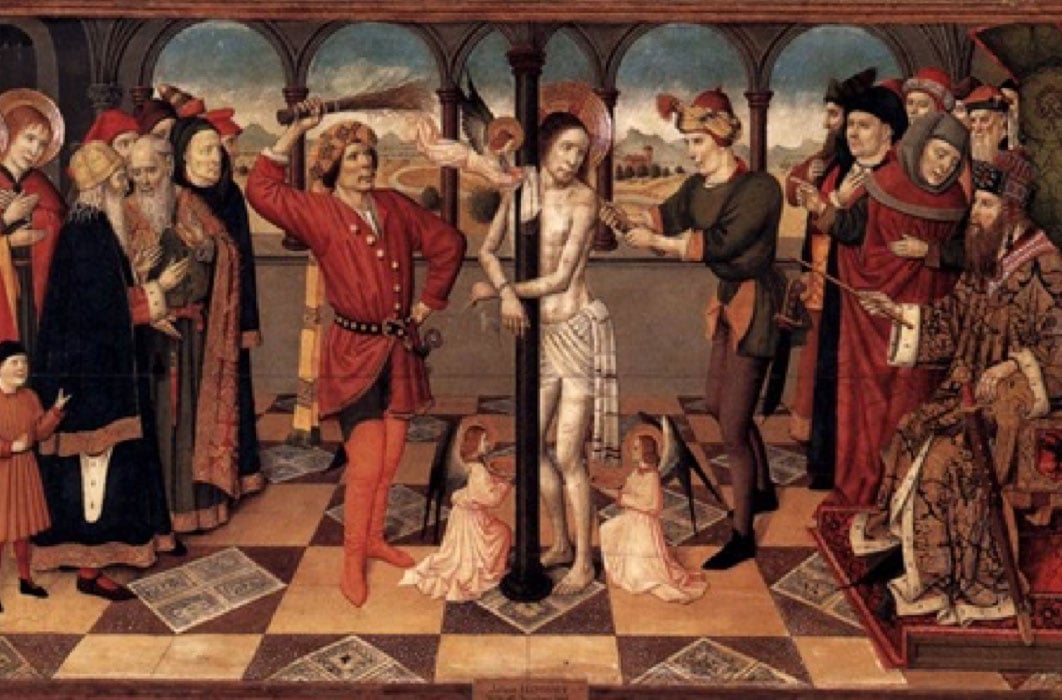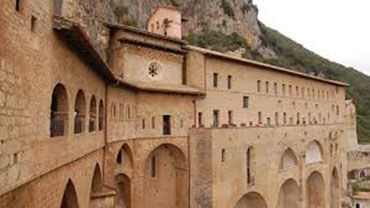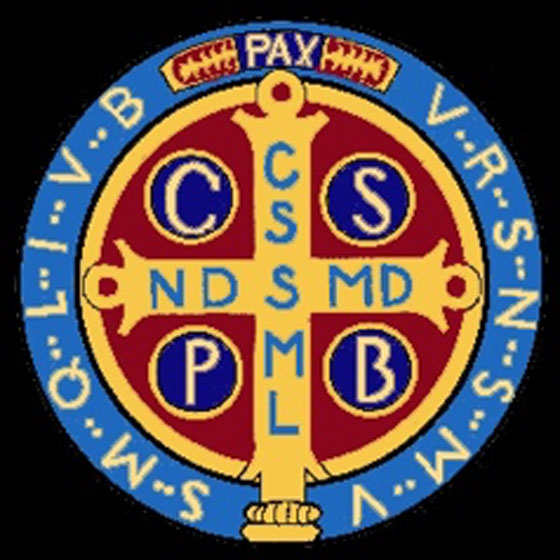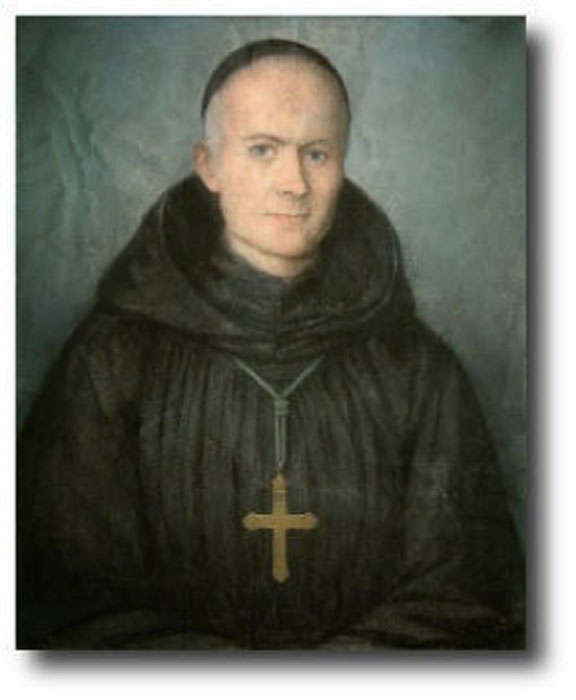
Cryptic Crosses, Mystery Medallions and Enigmatic Relics in Christian Churches
To the naked eye, they lie hidden in plain sight, but medieval artists hid cryptic messages in fresco’s, medallions and paintings and collected relics believed to have apotropaic qualities to ward off evil. Were all of these artists sincere in their endeavors or did some mischievous soul take revenge on a colleague or difficult client by applying artistic license to have a little fun?
Mystery Medallion of St Benedict
Displayed in the Benedictine Monastery of San Benedetto da Norcia, in the town of Subiaco, just over half an hour from Rome, is a cross dedicated to St. Benedict, said to be embedded with apotropaic qualities - supposedly having the power to avert evil influences or to offer protection against the Prince of Darkness. A few acronyms that contain invocations to ward off evil are engraved on both sides of the cross.

Benedictine Monastery of San Benedetto da Norcia, in the town of Subiaco (Public Domain)
"Another prodigy that took place in 1647 in Nattremberga in Bavaria, when the Abbey of Metten, for the cross of St. Benedict, went free from the spells of I do not know which wizards revived the devoutness of peoples to the Holy Patriarch. From Germany, the use of the medal of St. Benedict began to spread incontestably throughout Catholic Europe, considering itself such devotion, safe defense against hellish spirits," wrote Prosper-Louis-Pascal Guéranger (1805 - 1875), Abbot of the Benedictine Priory of Solesmes and founder of the Congregation of France of the Order of St. Benedict, for whom the diocesan process of beatification was initiated in 2005, pertaining to his study on the St Benedict medallion.

Saint Benedict Medallion. (CC BY-SA 3.0)
The four large letters in the squares of the cross, namely C. S. P. B. mean Crux Sancti Patris Benedicti (The Cross of Holy Father Benedict) and the five placed vertically on the trunk, C. S. S. M. L. mean Crux Sancta Sit Mihi Lux (The Holy Cross be my light). The five in the arms of the cross N.D.S.M.D. have the meaning of Non Daemon Sit Mihi Dux (Let no evil spirit be my guide). The 14 that can be read clockwise around the cross, that is, V. R. S. N. S. M. V. mean Vade Retro, Satana, Nunquam Suade Mihi Vana, (Begone Satan!) a phrase that is believed to have been pronounced by St. Benedict when he was tempted by the Devil in Subiaco, while those on the left: S. M. Q. L. I. V. B. mean Sunt Mala Quae Libas, Ipse Venena Bibas (What you offer are evils / May you drink the poison yourself ) and would be the phrase pronounced when there was an attempt to poison him.

Prosper-Louis-Pascal Guéranger (1805 - 1875), Abbot of the Benedictine Priory of Solesmes (Public Domain)




